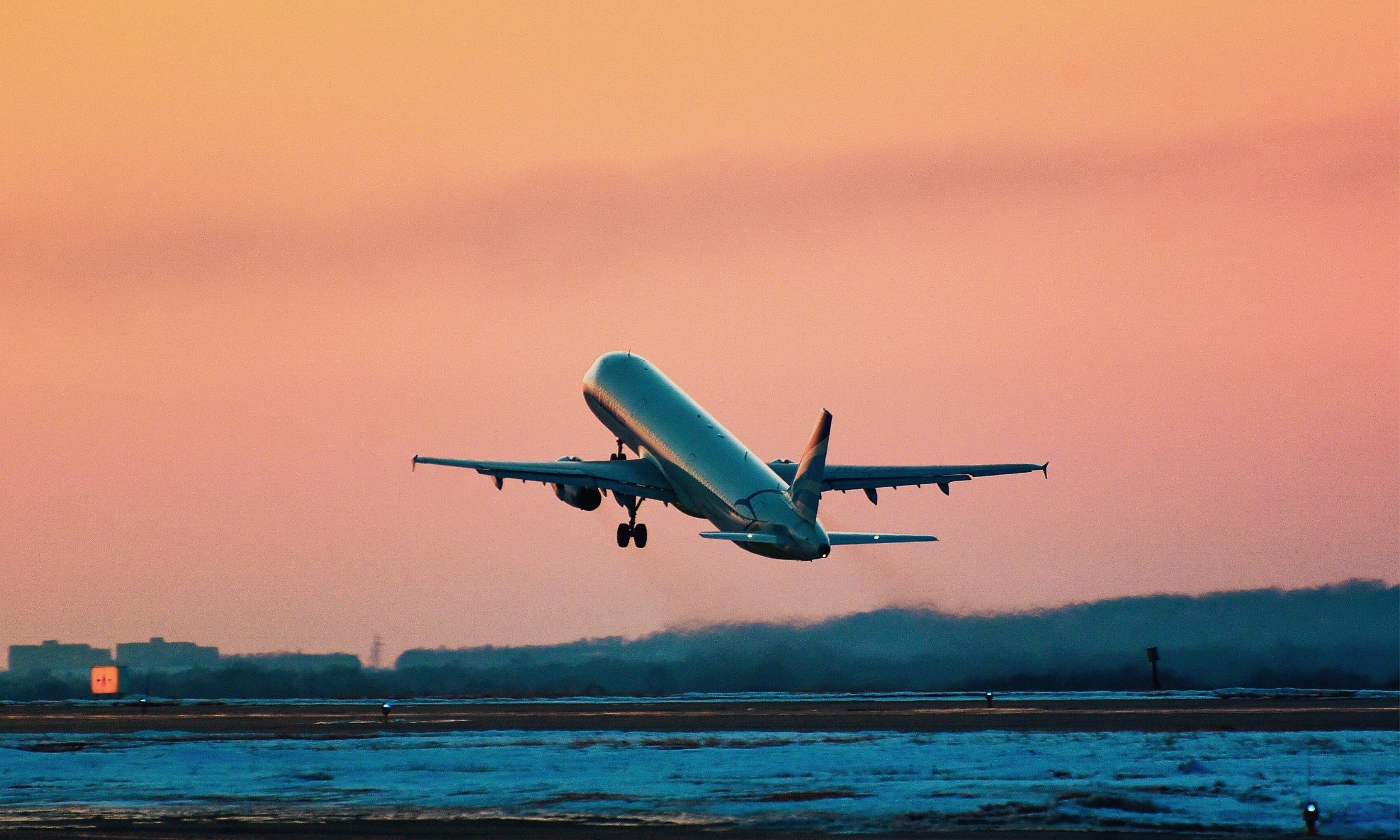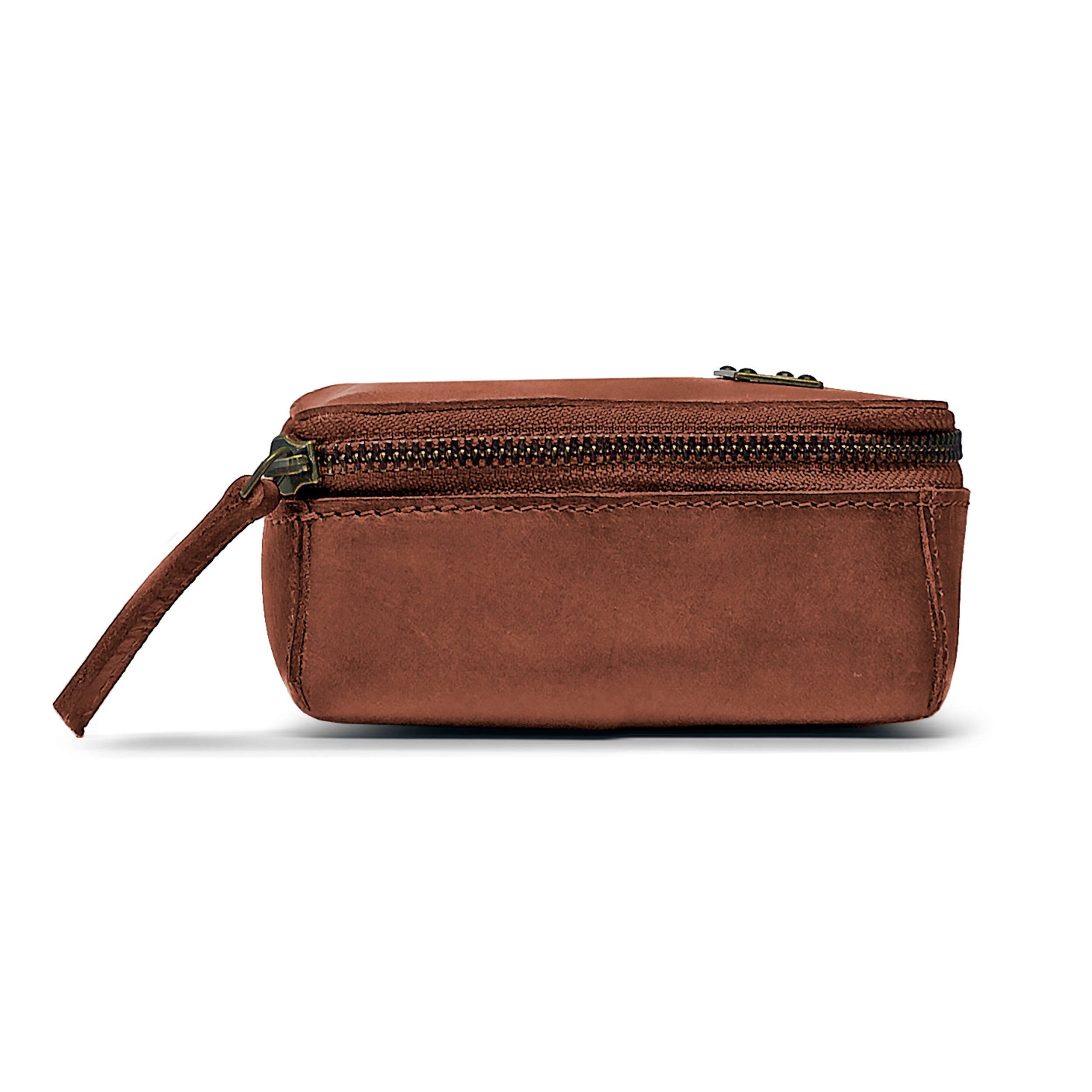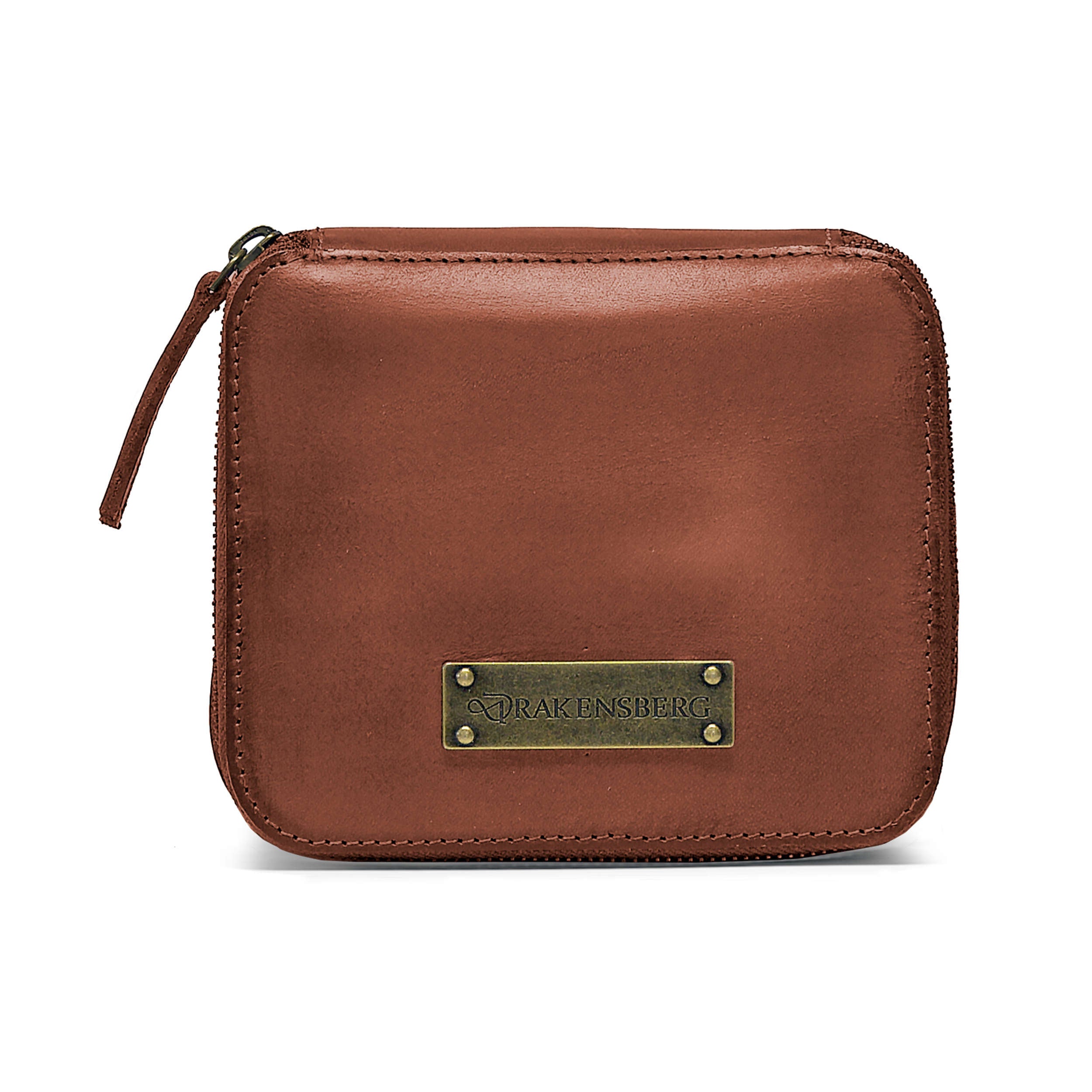What can I take in my hand luggage?
A well-packed carry-on can make the difference between a relaxing trip and a stressful flight experience. Having the most important things handy on the plane is not only practical, but also necessary for complying with current safety regulations. In this article, you'll learn everything you need to know about carry-on luggage—from permitted and prohibited items to the must-haves you absolutely cannot forget.
The basics of hand luggage
Hand luggage is the baggage you take with you into the aircraft cabin. The size and weight of hand luggage can vary depending on the airline. Typically, the maximum size is approximately 55 cm x 40 cm x 20 cm and the weight is between 7 and 10 kg. However, it's always worth checking your airline's specific regulations, as these may differ from the general rules. Suitable items include duffel bags , backpacks , handbags , and small suitcases.
Permitted items on the plane
There are many things you can carry in your hand luggage. Here's an overview of the most common and important items:
Electronic devices
Laptops, tablets, and smartphones: These devices are permitted, but must be turned off or in airplane mode during takeoff and landing. At security checkpoints, you must remove them from your carry-on baggage and have them scanned separately.
Camera: Cameras and associated equipment (such as lenses) may be taken along.
Power bank: Power banks are permitted as long as they do not exceed the specified capacity (usually a maximum of 100 Wh for safety reasons).
Clothing and accessories
Clothing: You can bring a change of clothes. Light jackets or sweaters are always a good idea, as airplanes are often chilly.
Scarves and shawls: These are great for snuggling up comfortably during the flight.
Sunglasses or glasses: Of course, your visual aids are allowed in your hand luggage.
Toiletries
Toiletries are subject to strict regulations. Liquids, creams, and gels may only be carried on board the aircraft in containers with a maximum capacity of 100 ml. These must be packed in a transparent, resealable plastic bag (maximum volume of 1 liter).
Toothpaste, shampoo, shower gel: Only in small quantities, observe the 100 ml limit.
Deodorant: Roll-on or spray in small formats is also permitted.
Cosmetics: Mascara, lipstick and foundation are permitted in small containers.
Groceries
You can carry snacks, sandwiches, or fruit in your hand luggage. However, liquid foods such as soups or sauces are subject to the 100 ml limit.
Medications
Prescription medications: These may be carried in hand luggage. It is recommended that you carry a doctor's certificate or prescription to avoid any questions at the security checkpoint.
Liquid medications: Liquid medications may be carried in quantities larger than 100 ml if they are necessary for the flight. A doctor's certificate is also recommended.
Baby food
If you're traveling with a baby, you're allowed to bring the required amount of baby food with you on the plane. This includes both liquid and powdered formula.
valuables
Important personal documents such as your passport, airline ticket, and cash should always be carried in your hand luggage. Jewelry, watches, and other valuable items should also be kept in your hand luggage, as they could get lost in your checked baggage.
What is not allowed in hand luggage?
Not everything you use every day is allowed in your hand luggage. Here's a list of items you're absolutely not allowed to take with you:
Sharp or pointed objects
Knives, scissors, and razor blades: These items are strictly prohibited in hand luggage if the blades are longer than 6 cm. Small nail scissors or tweezers are generally permitted, but it is advisable to store them in checked baggage.
Tools: Hammers, screwdrivers, pliers or similar tools are not permitted in hand luggage.
sports equipment
Rackets, ski poles, or hiking poles: These items are considered potentially dangerous and are not permitted in the cabin. It's best to drop off your luggage with your sports equipment at the airport at the oversized baggage counter.
Ice skates: These are also not allowed in hand luggage.
Lighters and matches
Lighters: As a general rule, you are only allowed to carry one lighter, and it must be kept on your person, i.e., in your jacket pocket. It may not be stored in your hand luggage.
Matches: Some airlines allow a pack of safety matches, but you should check with them beforehand.
Liquids over 100 ml
Any liquids in containers larger than 100 ml are prohibited, even if only part of the liquid has been used and the remainder is less than 100 ml. The only exceptions are medications and baby formula.
Dangerous substances
Chemicals and gases: Flammable substances, paints, sprays, or combustible gases are not permitted. This includes camping stoves and fireworks.
What should definitely be in your hand luggage?
In addition to the basics, there are some must-haves that you should definitely pack in your hand luggage:
Important documents
Your passport, visa, boarding pass, and other travel documents should always be within easy reach. A separate document holder or small bag for them can be very useful.
Technical devices and chargers
Electronic devices like your smartphone or laptop provide entertainment and are useful companions when traveling. But don't forget to bring the chargers. Power banks are generally not allowed in checked baggage and must therefore be carried in your carry-on luggage.
headphones
Long flights can quickly become boring, so a good pair of headphones is worth its weight in gold—especially noise-canceling models to reduce aircraft noise.
Neck support and sleep mask
For comfort on long-haul flights, neck rests and sleep masks are essential. They help you relax better and maybe even sleep during the flight.
Small snacks and water
Even though many flights offer food, it never hurts to have a small snack with you. However, keep in mind that for security reasons, you are only allowed to bring liquids in 100 ml containers. It is best to buy a bottle of water in the duty-free shop after the airport security check, as you will not be able to get larger quantities through the security check. Another option is an empty bottle with a larger capacity, which you can bring after the
Disinfectants and masks
In times of pandemics and heightened hygiene awareness, disinfectant and face masks are essential. Many airports and airlines require wearing a mask, especially during boarding and disembarking. Clarify any special regulations before you begin your journey.










